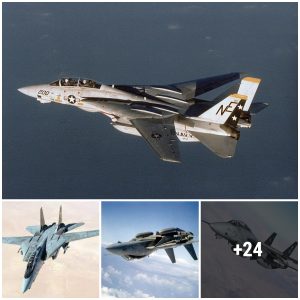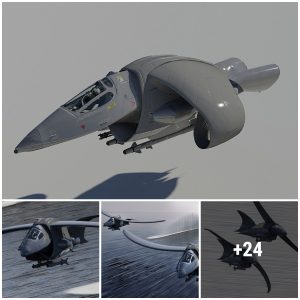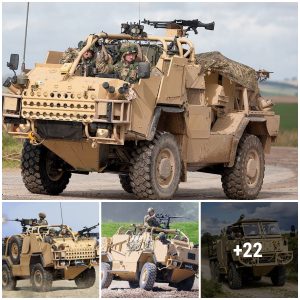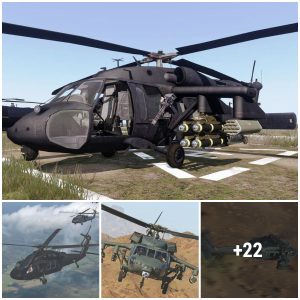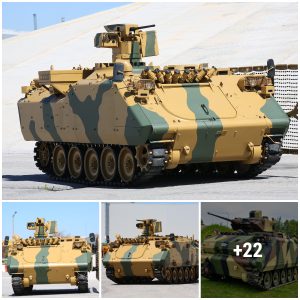When used within legal parameters, the AC-130 is a potent tool for the Air Force.

The Lockheed AC-130 Gunship is actually a very heavily modified and armed version of the C-130 Hercules transport plane. The Lockheed AC-130 is one of the very potent symbols of American airpower and is often without rival or equivalence in air forces around the world. It is able to perform certain missions that other aircraft would struggle with.
The AC-130 gunship has installed fear and tread in adversaries all around the world in various conflicts. That being said, on the modern battlefield, its usefulness is quite limited if the enemy is well-armed. Still, it has been a very useful aircraft in a range of engagements around the world where the enemy does not have air defenses, or they have already been neutralized. The sole operator of these powerful planes has always been the United States Air Force. Here is everything you need to know about the powerful and scary Lockheed AC-130 gunship.
10 Origin

As with the bulk of the systems in the US Air Force, its origins are from the Cold War. The AC-130 was developed during the Vietnam War. At that time, the C-130 Hercules was chosen to replace the aging Douglas AC-47 Spooky gunship.

The AC-130 was designed to be faster, have a higher ceiling, and carry more munitions. The AC-130 was also attractive for the pylon turn that enabled it to sustain its fire on a single point, like the AC-47 before it.
9 Vulnerable To Anti-Aircraft Fire

Due to a range of limiting factors, like its large profile, low operating altitude, and obvious lack of any stealth, it is very vulnerable to being shot out of the sky. Consequently, it can only be used after air superiority has been established.

Additionally, because of its vulnerability, it is also mostly used at night. Additionally, it is comparatively slow-flying, making it more of a target. It was first flown in 1966 and was introduced in 1967.
8 Place In The Air Force

The AC-130 and the A-10 Thunderbolt are the only two designated attack aircraft in the Air Force. The AC-130 is far outnumbered by its A-10 Warthog counterpart, but it provides the Air Force with additional capability. The AC-130 is like the bigger, badder brother of the Warthog.

Both the A-10 and AC-130 are designed for ground attacked and close air support roles. In 2015, they both worked together to destroy some 100 oil tankers in possession of ISIS.
7 Method Of Attack

The AC-130 has an unpressurized cabin and is equipped with a range of cannons mounted on its port side. To attack, the gunship performs a pylon turn and flies in a large circle as its cannons are trained on the target.

The advantage of this form of attack is that it is able to fire at and engage the target for far longer than in a conventional strafing attack. The effect of this concentrated fire can be truly devastating.
6 Future And Relevance

The AC-130 lives in the same world as the A-10 Thunderbolt. And as the world changes, so do the number of missions they are able to fly. It is still expected to see service for another 50 or so years, kept relevant through constant upgrades.

Still, on the modern battlefield, it’s best suited to permissive environments where the enemy’s countermeasures are weak. Its slow speed and large radar signature leave it too vulnerable against a well-armed and prepared foe.
5 Involvement In The Vietnam War

The AC-130 was heavily involved in the Vietnam War, providing many close air support missions. During the war, some 6 of these aircraft were lost to enemy fire and a total of 52 airmen were lost.

The mighty AC-130 is also crediting with destroying some 10,000 enemy trucks. That is an awesome amount of damage inflicted on the enemy forces. Still, in modern conflict, the US is often loath to lose any of its aircraft and pilots.
4 Later Conflict

The AC-130 has seen combat in a number of American operations through the Cold War and after. On one occasion during the Gulf War, one AC-130 decided to stay and support the marines. It was shot down with the loss of all 14 crew.

In the War on Terror, they have been used against Taliban, Al-Qaeda, and ISIS targets. In one friendly fire incident, one AC-130 attacked the Doctors Without Borders in Afghanistan, killing 42 people and injuring more.
3 Variants

There have been a number of AC-130 variants built over the years. Of these, the AC-130A Spectre, the AC-130E Spectre, the AC-130H Spectre, and the appropriately named AC-130U Spooky are all retired. The AC-130U Spooky was only just retired in 2019.

The two variants in service today are the AC-130W Stinger II and the AC-130J Ghostrider. The Ghostrider is the most developed and modernized and is expected to keep on flying missions for many years to come.
2 Armament

The armament of the AC-130 has changed significantly with various upgrades. Today, both the Stinger II and the Ghostrider are armed with one 30 mm ATK GAU-23/A autocannon. Additionally, the Ghostrider is armed with the 105 mm M102 howitzer.

They have also been upgraded to deliver missiles. They are able to carry AGM-176 Griffin missiles and/or GBU-44/B Viper Strike munitions. Mounted on the wings they have AGM-114 Hellfire missiles, GBU-39 Small Diameter Bombs (SDBs), and/or GBU-53/B SDB IIs
1 Number In Service And Specs

Currently, the Air Force has around 26 AC-130 gunships in service. Around 14 are AC-130W Stinger IIs with the rest being Ghostriders. The Airforce plans to procure a total of 32 Ghostriders.

The AC-130 has a crew of 13 and a max take-off weight of 155,000 lbs. It has a range of around 2,200 miles and a max speed of 300MPH. The J-variant (Ghostrider) is reported to have a speed of 416 MPH and a range of 3,000 miles.
In summary, the AC-130 is a powerful weapon in the Air Force’s arsenal in permissible environments.
